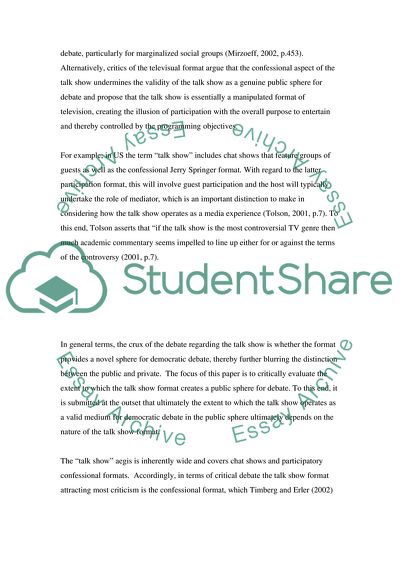Cite this document
(“The Talk Show in Relation to the Free and Democratic Debate Dissertation”, n.d.)
The Talk Show in Relation to the Free and Democratic Debate Dissertation. Retrieved from https://studentshare.org/media/1727270-watching-television
The Talk Show in Relation to the Free and Democratic Debate Dissertation. Retrieved from https://studentshare.org/media/1727270-watching-television
(The Talk Show in Relation to the Free and Democratic Debate Dissertation)
The Talk Show in Relation to the Free and Democratic Debate Dissertation. https://studentshare.org/media/1727270-watching-television.
The Talk Show in Relation to the Free and Democratic Debate Dissertation. https://studentshare.org/media/1727270-watching-television.
“The Talk Show in Relation to the Free and Democratic Debate Dissertation”, n.d. https://studentshare.org/media/1727270-watching-television.


